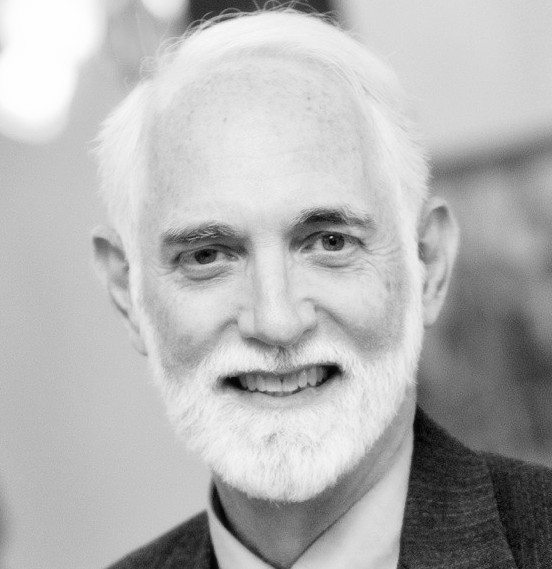There is no perfect solution to childcare. There are all kinds of childcare options with various trade-offs in convenience, stress, and guilt. Anyone who has peeled a clinging child off of their legs at the door of the daycare center while other parents looked on with a mix of empathy and fear knows what I mean.
We opted, when our kids were young, to solve our childcare dilemma by hosting au pairs – young women, usually recently graduated from secondary school, from Europe, interested in exchanging their childcare skills for a year of living with a family in the States. With 20/20 hindsight, this was one of the best choices we ever made, but at the time it presented some unique challenges – in particular, teaching them to drive.

Now you are probably thinking to yourself, let me get this straight, this guy is going to put his precious children in a car with a 19 or 20-year-old who has just arrived from another country and who is just learning to drive. Well not immediately, but eventually yes. And therefore, making them safe drivers as quickly as possible was critical. So, lesson #1 – sometimes, managing people effectively starts by preparing them for the main risks they will face. This gives them confidence and gives you confidence in them. Managing risk tends to focus your attention on things that matter.
My first mistake in my teaching approach was focusing too much time on the car and the information visible on the dashboard – the lights and gauges. It’s natural perhaps to try to focus on the vehicle first, but it turned out that once they had mastered the steering and basic foot work, the most important thing for them to learn was how to anticipate what other driver’s might do, not how many miles they had driven.
The dashboard was really only useful to see if you needed more gas and maybe to stay below the speed limit. Learning to approach a busy intersection by easing your foot off the accelerator and hovering it over the brake even when you have the right of way is much more critical. So, lesson #2 in managing people and risk – you can’t drive anything from the information on a dashboard alone. Most of the risk is actually outside your direct control.
Whether you are a manager or driver, your most important information comes from reading the signs, the conditions, and the other “drivers.” If you are a manager, don’t spend too much time creating the next version of your management dashboard with fancy charts and graphs unless it gives you a better view of the risks you need to manage. It may be useful to remember that the term “dashboard” derives from the actual board on the front of a buggy that was designed to protect the driver from mud (and even less appealing stuff) kicked up by the horse.
The importance of “situational awareness” (what’s happening or might happen around you) was further reinforced when I realized that no matter how good the au pairs got at the mechanics of driving, they were most at risk when they didn’t know where they were going. Their attention would be divided between trying to figure out the route and watching out for the other drivers. Not knowing where you are going is the ultimate distraction.
This was before smartphones and GPS apps, so at first we would practice driving to the key locations they needed to go each week. But eventually, I became extremely skilled at drawing maps of our city in a few minutes, populated with familiar landmarks, and arrows at the turns. Therefore, lesson 3# – the single best way to manage risks your people face is to make sure they know where they are going. This way they can put most of their attention on the challenges of getting there safely. It’s a good idea to provide a “map” of some kind.
Many of our 15 au pairs are now managers themselves. Here’s a shout out to our au pairs from whom we learned more than we ever imagined. Thanks!
